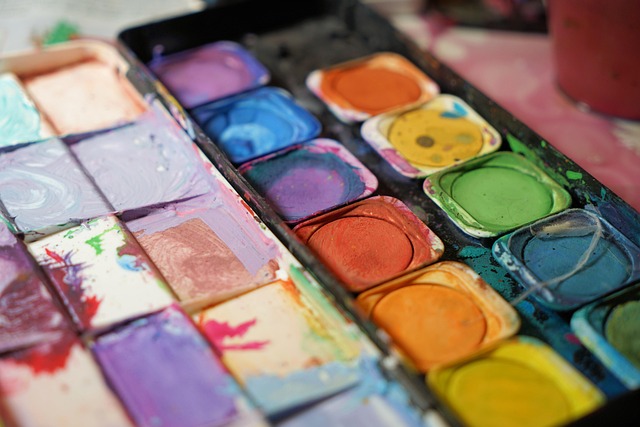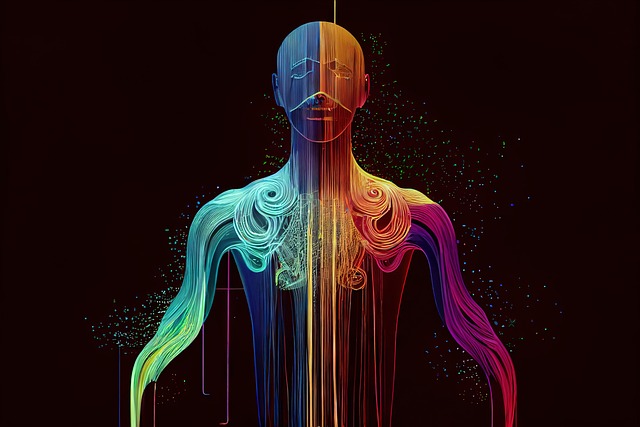Art and design, two distinct yet deeply intertwined fields, create a beautiful tapestry that shapes our visual landscape. As a graphics creator, navigating this intersection can be both exhilarating and challenging. Understanding how to harness the principles of art within the context of design is essential in crafting stunning visuals that resonate with audiences.
The essence of design goes beyond aesthetic appeal; it is about functionality and communication. Designers must consider how their work will impact the viewer’s experience, conveying messages through visuals that evoke specific feelings or thoughts. In contrast, art often embodies self-expression, providing artists with the freedom to explore and experiment without constraints. However, when these two worlds collide, magic happens.
Consider the role of color in both art and design. Colors can trigger emotional responses, setting the tone and mood of any piece. An artist might use a fiery red to convey passion or anger, while a designer may choose a more subdued palette for a corporate logo, aiming for professionalism. As a graphics creator, understanding these nuances allows you to create pieces that are not only visually pleasing but also effective in communication.
Moreover, the principles of composition and layout are foundational in both realms. Artists often play with space, balance, and focal points to draw the viewer’s attention, while designers are tasked with creating harmonious arrangements that guide the audience’s eye through the intended narrative. By studying great works in both fields, you can learn how to manipulate these elements to enhance your graphics.
An important aspect to explore is the concept of storytelling. Art captures moments and emotions, telling stories that resonate on a personal level. In design, storytelling takes on a different form, often being more structured and aimed at clarity. However, effective design tells a story just as powerfully as any painting or sculpture. By synthesizing artistic storytelling with design principles, you can create graphics that not only attract attention but also linger in the mind of the audience.
As a graphics creator, regularly drawing inspiration from both art and design can lead to innovative solutions and refreshing aesthetics. Attend art exhibits, explore different styles, and immerse yourself in various forms of creative expression. This exposure will broaden your understanding and fuel your imagination, ultimately empowering you to create more compelling graphics.
Finally, remember that the fusion of art and design is not limited to visual media. Explore how typography, photography, and even user experience contribute to the layered meanings within your work. Each element you incorporate can enhance the overall narrative, creating graphics that are not only beautiful but also impactful.
In this journey of exploring the intersection of art and design, embrace the emotions that both fields evoke. Let your passion for creation shine through every graphic you develop, allowing the unique interplay of art and design to guide your creative process. With each new project, you’ll discover not just the art of design, but also the design of art itself.




